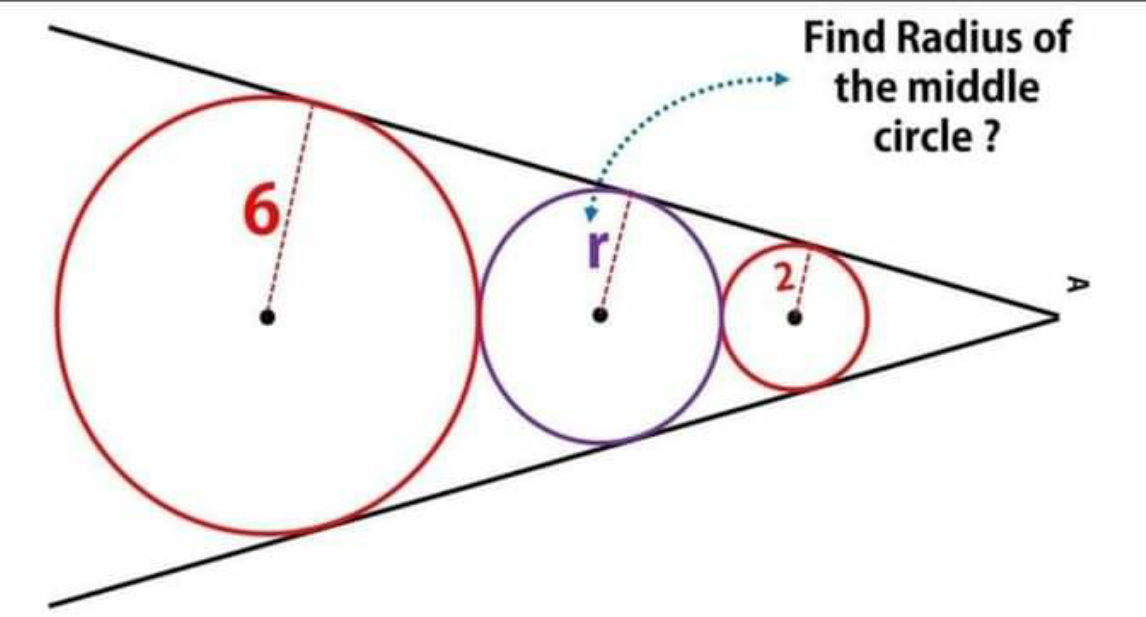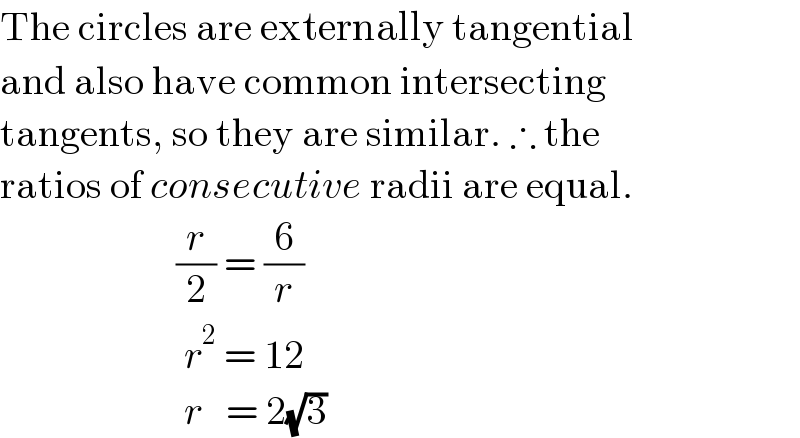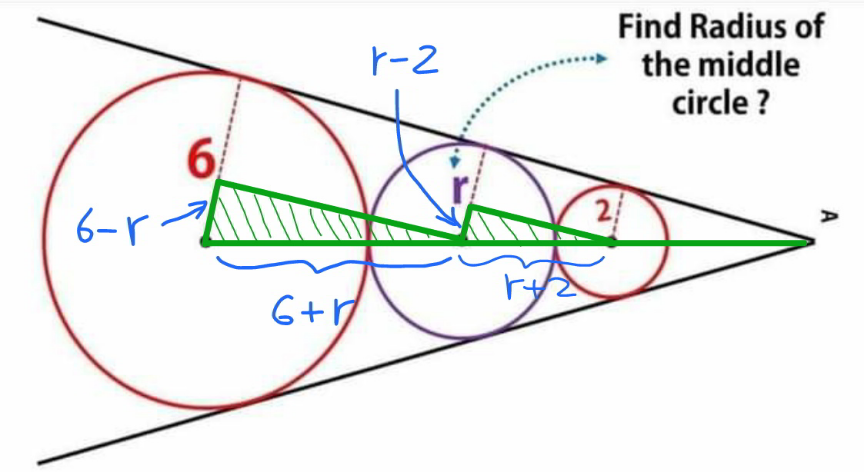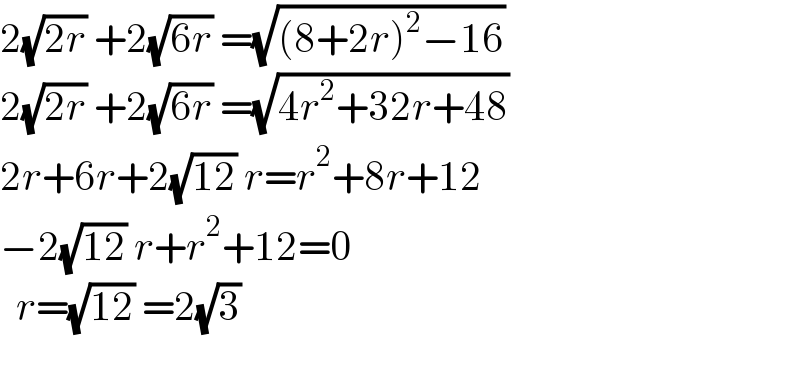
Question and Answers Forum
Question Number 137437 by I want to learn more last updated on 02/Apr/21

Answered by mr W last updated on 02/Apr/21

Commented by I want to learn more last updated on 02/Apr/21

Commented by I want to learn more last updated on 02/Apr/21

Commented by nadovic last updated on 03/Apr/21

Commented by mr W last updated on 03/Apr/21

Commented by I want to learn more last updated on 03/Apr/21

Commented by I want to learn more last updated on 03/Apr/21

Answered by mnjuly1970 last updated on 03/Apr/21

Commented by I want to learn more last updated on 03/Apr/21

